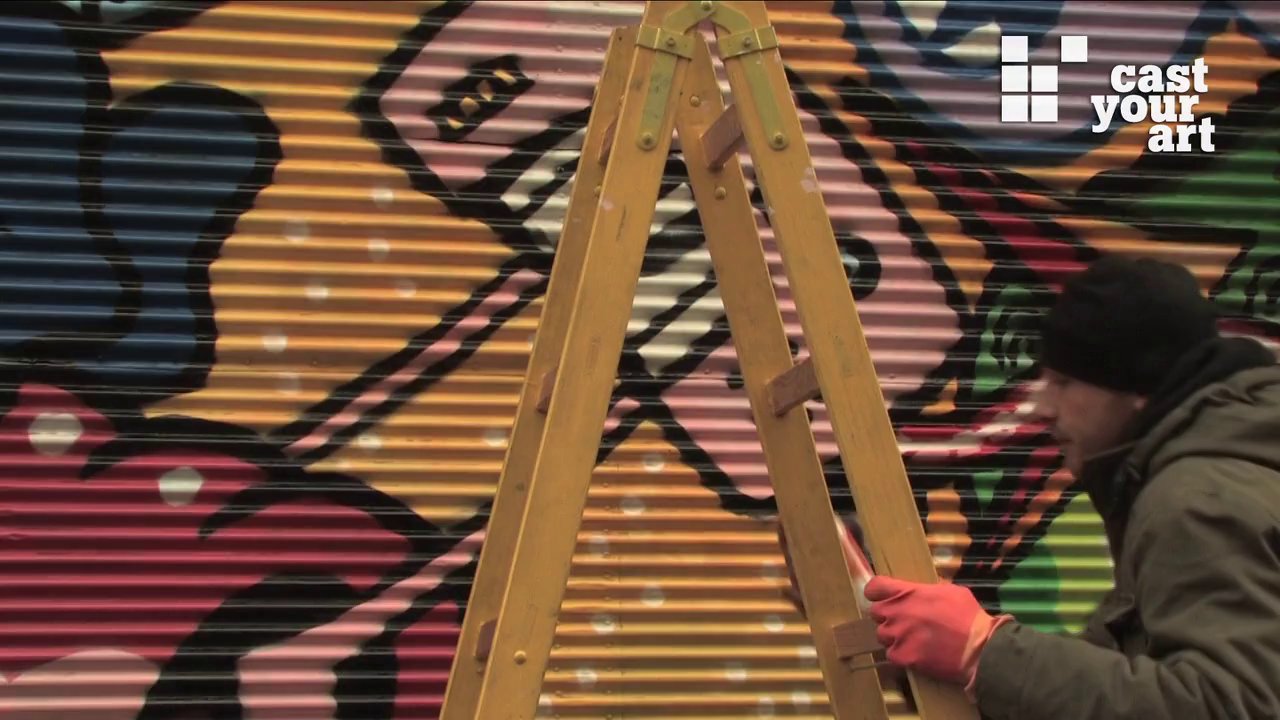Egon Schiele - Between Modernism and Tradition
Egon Schiele’s preferred way of expression was drawing with its immediacy. In his short, 10 year-long career, he produced about 3000 of them. His paintings also demostrate the continuation of some of the essential traits of drawing: outline, line, graphic signs.
The innovative emotional and carnal directness of his portraits and self portraits restored the vitality of both genres. The distortions and disfigurations of his figures were a strong opposition to the aesthetics of art nouveau and the conventional conception of beauty.
Even though Schiele followed Gustav Klimt in his interest for the erotic depiction of the female form he disengaged himself fromthe patterned shiny surfaces of his mentor and explored the inner life of his models with utmost intensity.
It was the trademark of his increasingly expressive style of figurative drawing to express existential anxiety though lines and shapes, subjecting the flesh to disfigurations and changes in colour. The self-portraits with their intriguing psychological and emotional atmosphere, where he is shown naked in candid poses, were unprecedented in western art history up to then.
Even before the memorial year 2018, the Albertina organizes a comprehensive exhibition of Egon Schiele‘s oeuvre, 12 years after the last Schiele exhibition in 2005. With most exhibits from its own collection, the Albertina shows a new outlook on Egon Schiele, highlighting the existential, spiritual and religious dimension of his work.
Focusing on the years between 1910 and 1918, the year of the artist‘s death, there are 160 drawings on display, 20 of them being loans from other institutions. The show is arranged in chronological order, large photographs with historical scenes confront the drawings with the social reality of his time.
His perspective of the human existence being the central theme of the exhibition, thematic developments in his radical oeuvre become evident and a new perspective becomes visible, beyond the obsession with erotic and pornographic images.
Especially the research by art historian Thomas Ambrozy published in 2009, revealed Schiele’s fascination with St. Francis of Assisi and his identification with the Christian saint.
A series of allegorical drawings misunderstood until now, like „Salvation“ or „Truth was revealed“ can now be interpreted in a different way, thanks to the research by Thomas Ambrozy. Portrayals of the naked artist as well as monk-like figures proved to be references to the Franciscan vow of poverty. Apparently Schiele was fascinated by this saint at the time. The mysterious hand sign visible in self portraits, like the one with the „Pea Cock Waist Coat“, where the artist’s fingers take the form of a V, are a reference to a Byzantinian mosaic of the Christ, as well as the aureole surrounding the artist on the portrait. Like in some other picutres, the artists stages himself as a messianic artist and saviour.
It is a different, more spiritual approach to Schiele’s choice of subjects here, in contrast to the usual interpretation as the obsessions of a pornographer.
Another aspect addressed in this show is Schiele‘s appropriation of different roles and the almost actionist staging of his scenes. Historians of art have often mentioned the influence of modern dance on Schiele’s work, in this light his radical oeuvre seems a forerunner of performance art.
One of the main properties of great art is that there is always some new to discover about it, even after hundred years, like in this exhibition. (written by Cem Angeli)
Das könnte Sie auch interessieren

Mirabilia, Furies and Curiosa - The Chamber of Curiosities at the Kunsthistorisches Museum in Vienna
25. November 0000
Rudolf Budja - Geschäft und Leidenschaft
10. January 2008
Gertraud and Dieter Bogner - Collecting art, making ideas usable.
22. July 0000
FLORENTINA PAKOSTA. Artist Portrait
8. July 2018
Lastplak - At The End The Wall Is Covered.
7. January 2008
Meret Oppenheim - Shaman of the archetypes
1. April 2013
SCHIELE AND HIS LEGACY
12. September 2021
